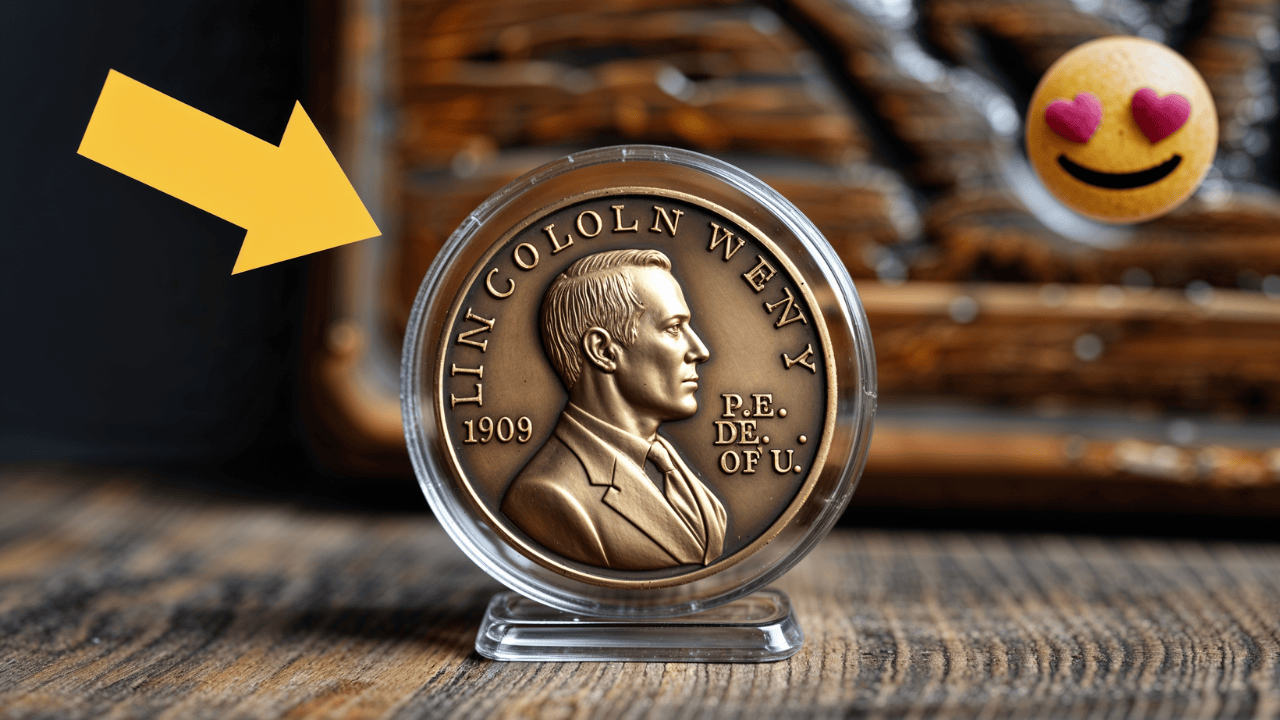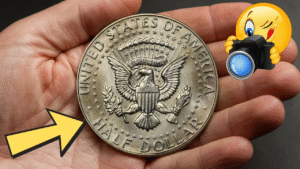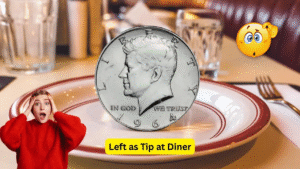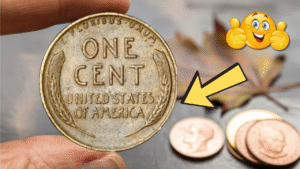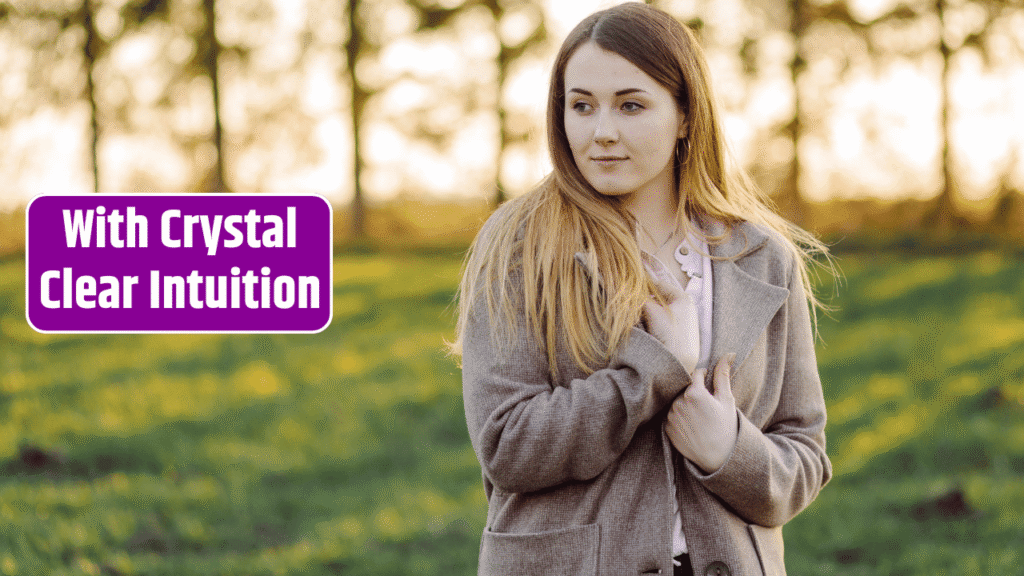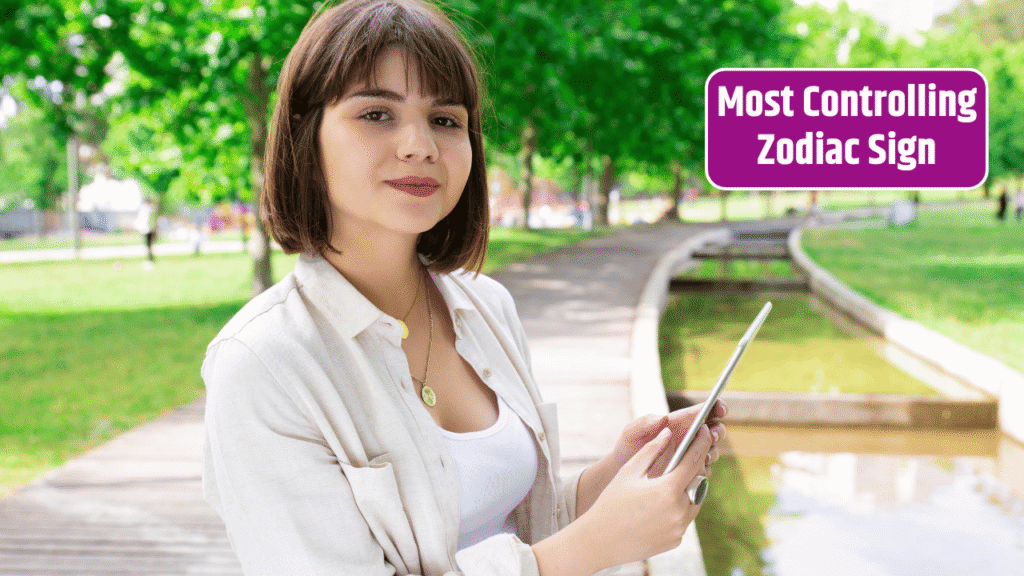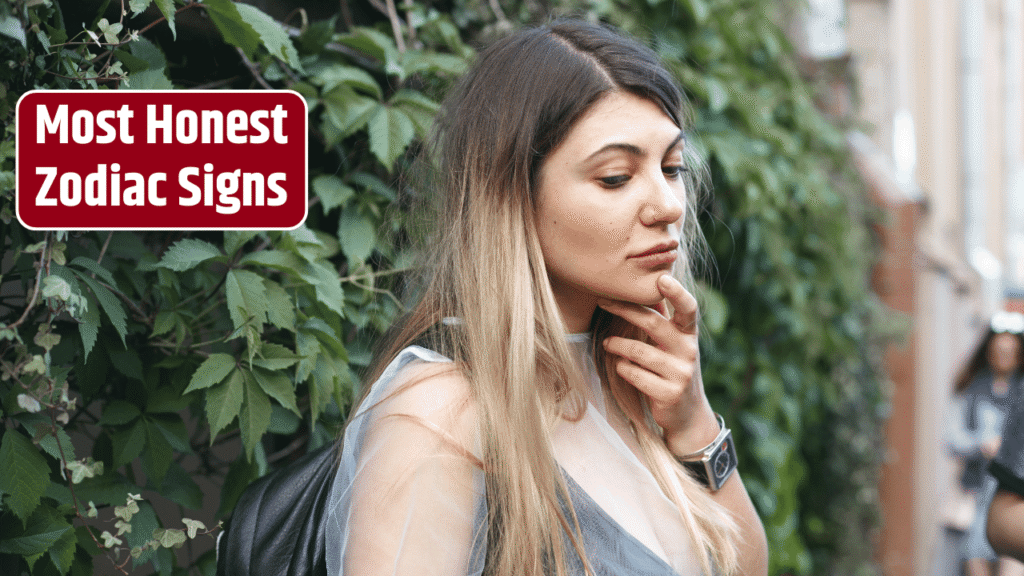A simple home renovation has unexpectedly turned into a headline-worthy discovery in suburban Ohio, as a long-forgotten penny found behind an old wall clock stirs excitement among coin collectors. The modest coin, unearthed in a 1940s-era home, could be one of the rarest and most valuable Lincoln cents ever minted—reminding us all that even the most unassuming objects can carry immense historical significance.
Discovery Behind the Wall Clock
While updating their recently purchased home, the Ohio family came across a wall clock that had likely hung untouched for decades. As they removed it, a single penny fell to the floor. At first glance, it looked like ordinary change—but the coin’s distinct features soon caught their eye.
The penny’s rich patina and unusually sharp details prompted the family to consult numismatic experts, who quickly suspected it could be a 1909-S VDB Lincoln Wheat Penny—a rare and highly prized piece among collectors.
What Makes the 1909-S VDB Penny So Special?
The 1909-S VDB Lincoln Wheat Penny is a standout in American numismatic history. It was the first year the Lincoln cent was issued, replacing the Indian Head cent and honoring President Abraham Lincoln’s 100th birthday. Designed by Victor David Brenner, the coin included his initials “V.D.B.” prominently on the reverse.
However, the initials stirred public controversy, leading the U.S. Mint to halt production and remove them from future issues. Only 484,000 of the original version with both the “S” mint mark (San Francisco) and “V.D.B.” initials were minted, making it one of the rarest regular-issue U.S. coins in existence.
| Feature | Details |
|---|---|
| Year Minted | 1909 |
| Mint Mark | S (San Francisco) |
| Designer Initials | V.D.B. on the reverse |
| Total Mintage | 484,000 |
| Estimated Value | $3,000 to $100,000+ |
Market Buzz and Collector Interest
Once news of the discovery surfaced, numismatic forums and collector communities lit up with speculation. Was it authentic? What condition was it in? Could it be the next six-figure auction sensation?
Coin grading services are currently examining the penny to determine its authenticity, grade, and market value. If verified in high-grade condition, the penny could fetch tens of thousands of dollars—perhaps more—at auction. Collectors have already started reaching out to the family, hoping to add the coin to their own rare coin portfolios.
Everyday History Hiding in Plain Sight
This discovery isn’t just about monetary value—it’s a powerful reminder of the historical treasures that surround us. Hidden coins, stamps, and artifacts often remain untouched in the corners of our homes, waiting to be rediscovered.
From old jars and attic boxes to the backs of furniture and clocks, these items carry stories that bridge generations. For many collectors, the thrill lies not only in value but in the mystery and connection to history.
What’s Next for the Ohio Penny?
With authentication underway, the penny’s next chapter could be an appearance at a major numismatic auction. If confirmed as a 1909-S VDB in excellent condition, it could easily rank among the most exciting coin finds of the decade.
In the meantime, the family’s simple home renovation has become an unexpected journey into American history—proving that sometimes, life’s most valuable discoveries are the ones we never planned for.
FAQs
What is the value of a 1909-S VDB penny?
Depending on its condition, it can range from $3,000 for worn examples to over $100,000 in mint state.
Why is the 1909-S VDB penny rare?
It was part of a limited mintage before the U.S. Mint removed the “V.D.B.” initials due to controversy, making it a key date for collectors.
How can I tell if I have a 1909-S VDB penny?
Look for the “S” mint mark under the date and “V.D.B.” initials at the bottom of the reverse. A coin expert or grading service can confirm authenticity.
Can old coins found at home really be valuable?
Yes—rare coins often turn up in old jars, drawers, or furniture. Their value depends on rarity, demand, and condition.
Should I clean an old coin before getting it appraised?
No—cleaning can damage the coin and reduce its value. Always have it assessed in its original state.
